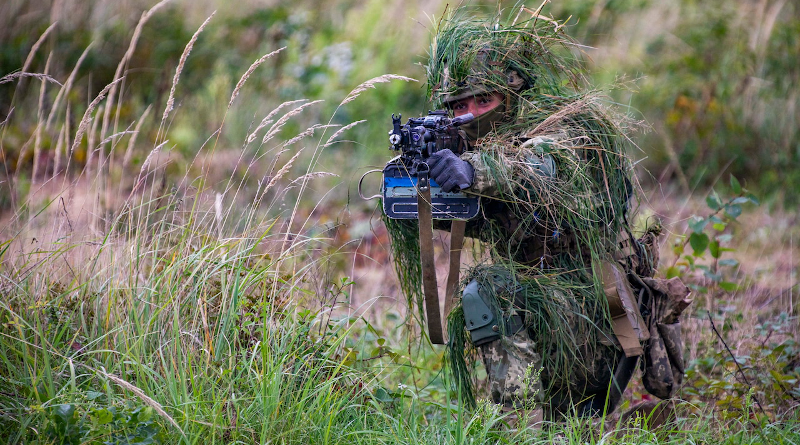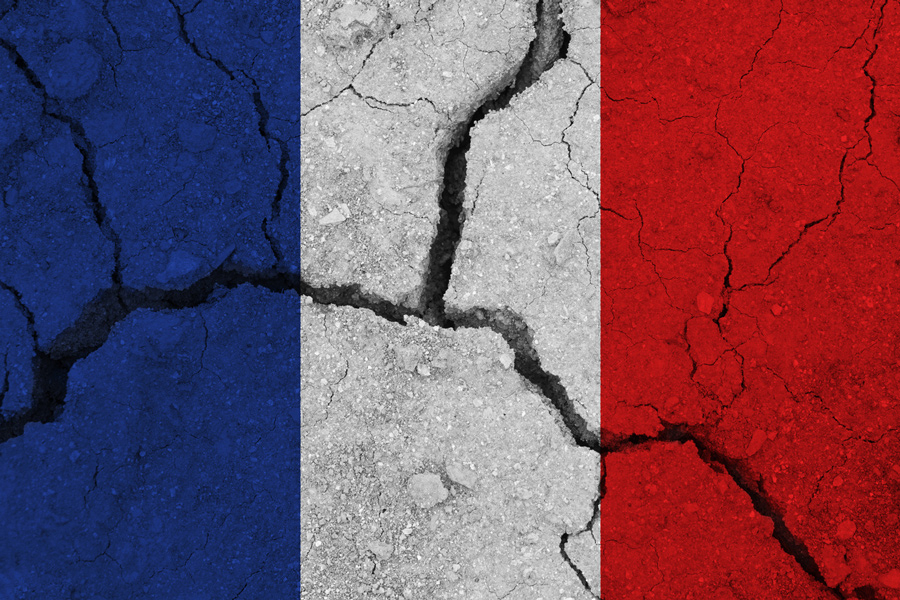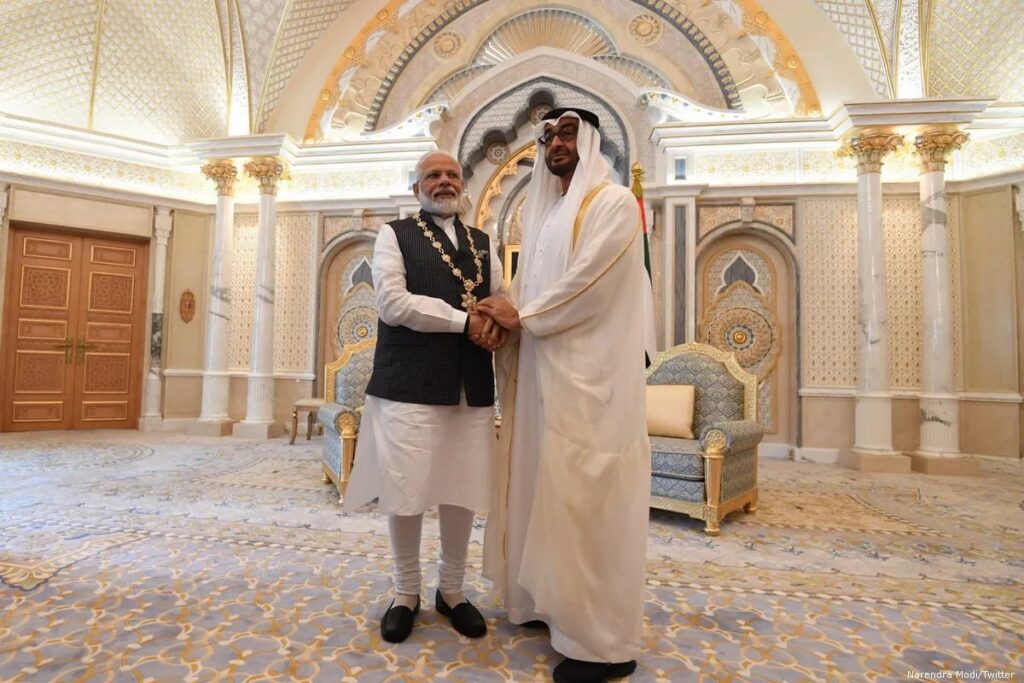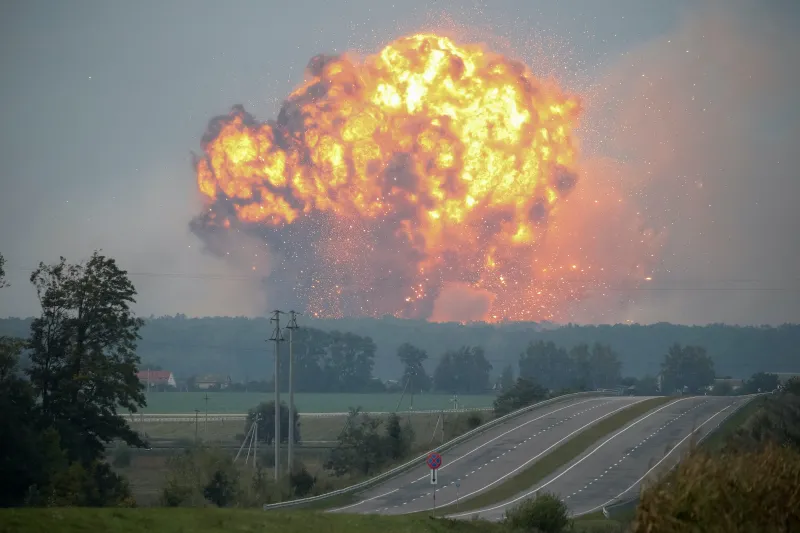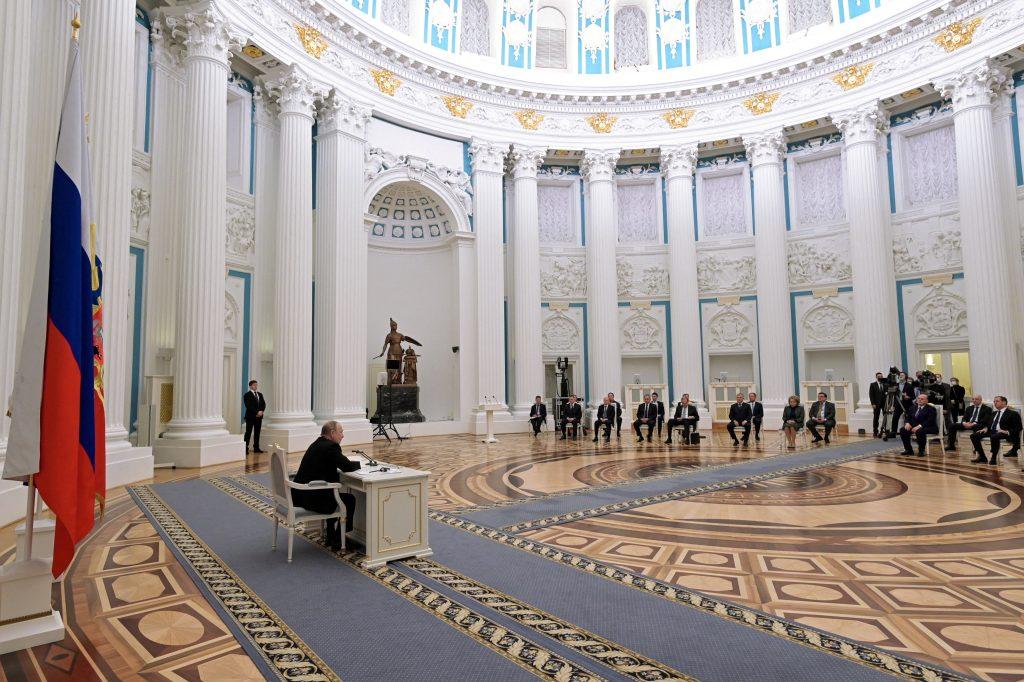Ukraine: People Fleeing Occupied Luhansk Describe Growing Fear, Confusion – Analysis
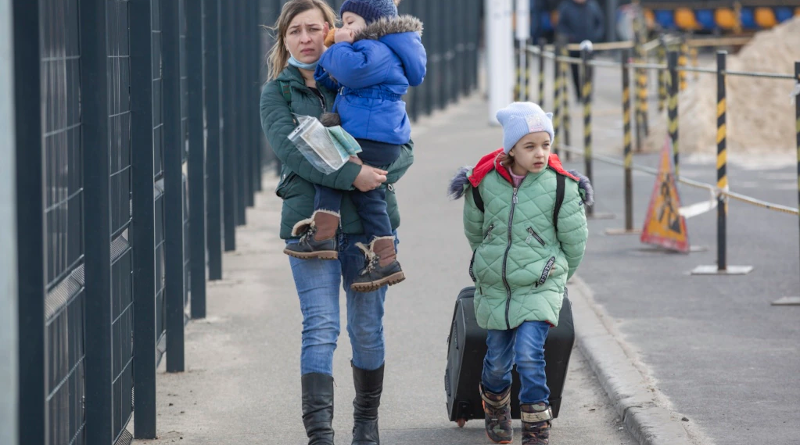
When the war first broke out eight years ago, Natalya, 28, just hid in the basement when the gunfire and artillery bombardments came too close.
“Now it’s different. Now I fear for the children,” she said, holding her 3 1/2-year-old son and 5 1/2-year-old daughter by the hand as she crossed from the city of Luhansk, held by Russia-backed separatists since 2014, into Ukrainian government-held territory. “We’re leaving for good.”

